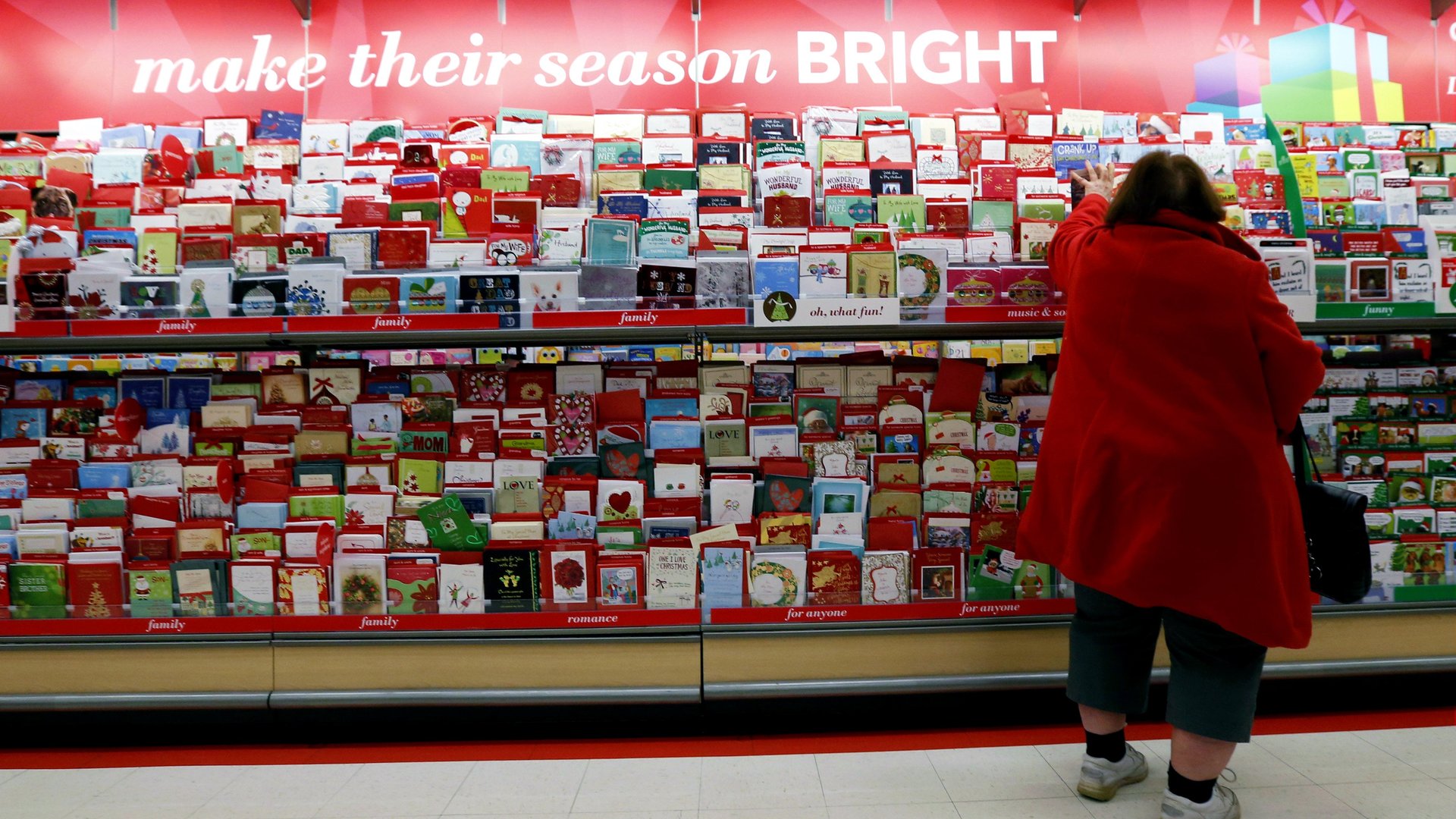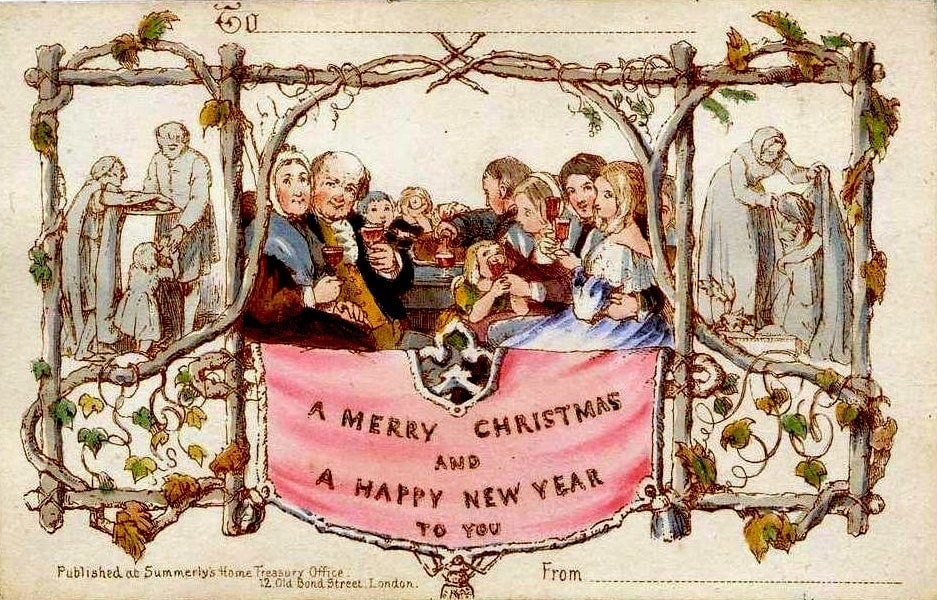Don’t let your Christmas cards be junk mail
Has automation killed the Christmas card? From print-on-demand services like Shutterfly, Minted, and Postable to premium card-company Bond’s penmanship robot (it can even sign your name with a real fountain pen), today’s proliferation of instant greeting card services makes sending a personal note seem as laborious as engineering a turducken.


Has automation killed the Christmas card? From print-on-demand services like Shutterfly, Minted, and Postable to premium card-company Bond’s penmanship robot (it can even sign your name with a real fountain pen), today’s proliferation of instant greeting card services makes sending a personal note seem as laborious as engineering a turducken.
“You have to assemble all the pieces including paper, a pen, the recipient’s address, an envelope and a stamp—and then the note has to be written and mailed, all of which is time-consuming,” Bond CEO recently explained to the New York Times (paywall) about the trouble of handwritten letters.
But holiday greetings that don’t require time to craft are just unsolicited mass mailings, not unlike the direct marketing catalogs, leaflets, credit card offers, and gimmicky pleas for donations that tend to arrive in abundance this time of year, too. Also known as ”junk mail.”

Blame 19th-century arts patron Sir Henry Cole, inventor of the Christmas card. In many ways, today’s time-saving online services and depressingly impersonal mailings are true to the greeting cards he first created 172 years ago.
In 1843, faced with a growing pile of unanswered correspondence, Cole commissioned his friend and painter John Callcott Horsley to create a triptych of wine-guzzling merrymakers (including a child!), flanked by drab altruistic figures helping the poor. A thousand copies of the illustration were printed on stiff cardboard stock with a banner at the center delivering Cole’s personal greeting, ”A merry Christmas and a happy new year to you.” On top of the postcard was a simple “To: _________,” the blank line allowing Cole to scrawl the name of the receiver with a minimum of effort.
In 1875, Louis Prang, a German emigré, replicated Cole’s innovation in the US. His own creation featured an even more generic painting of a flower, and today, the LOUIE Awards, an international greeting card design competition, is named after Prang.
Four decades later, Kansas’s Hall family tweaked the format to introduce a single fold where card-senders could write short notes. Their company became a pioneer of modern store-bought cards: Hallmark.
“They discovered that people didn’t have enough room to write everything they wanted to say on a post card,” explained Steve Doyal, vice president of public affairs for Hallmark to Smithsonian Magazine. “But they didn’t want to write a whole letter.” In October this year, even Hallmark succumbed to the pace of digital print-on-demand greetings and launched the web service Ink & Main.
Now the greeting card carry-over from cursory Victorian-era politesse has become so ingrained in tradition that the UK’s Royal Mail estimates that the average person sends 19 cards during the holiday season. In the US, holiday well-wishers buy billions of Christmas cards, spending up to $10 for each card, according to the US Greeting Card Association.
But is it worth it? Sending paper greetings on a mass scale isn’t great for the environment, suggests one ongoing Stanford University holiday waste prevention initiative: “The 2.65 billion Christmas cards sold each year in the US could fill a football field 10 stories high. If we each sent one card less [each year], we’d save 50,000 cubic yards (38,228 cubic meters) of paper.” That’s enough paper to fill the entire volume of the Lincoln Memorial reflecting pool—with enough left over pulp to fill five more Olympic-sized swimming pools
And when bulk mail is the norm, cards become more about the sender than a thoughtful remembrance of the recipient, anyway. Greeting cards, especially template-based photo cards, fill mailboxes around the world with images of their senders’ idyllic lives, while well wishes for the recipient end up a pre-printed afterthought. Like junk flyers, those Christmas cards usually transform into trash at the end of the season, if not immediately upon receipt.
Perhaps it’s today’s overburdened work-life schedules that delude otherwise reasonable adults into thinking that one of a hundred custom-print cards can replace a thoughtful note. But here’s the truth: Unless you’re the president or the royal family, no one really wants your generic family portrait greetings—as adorable as your kids and pets may be.
May this be the year we all skip our dutiful, generic greetings—they’re bad for the planet, and bad for friendships. We don’t need robots, a complex mailing list, or a lot of cash to send a meaningful Christmas greeting. Pausing to compose a heartfelt note with the recipient in mind on any stationery, perhaps mailed with a festive postage stamp will suffice. These days, the real gift is time.